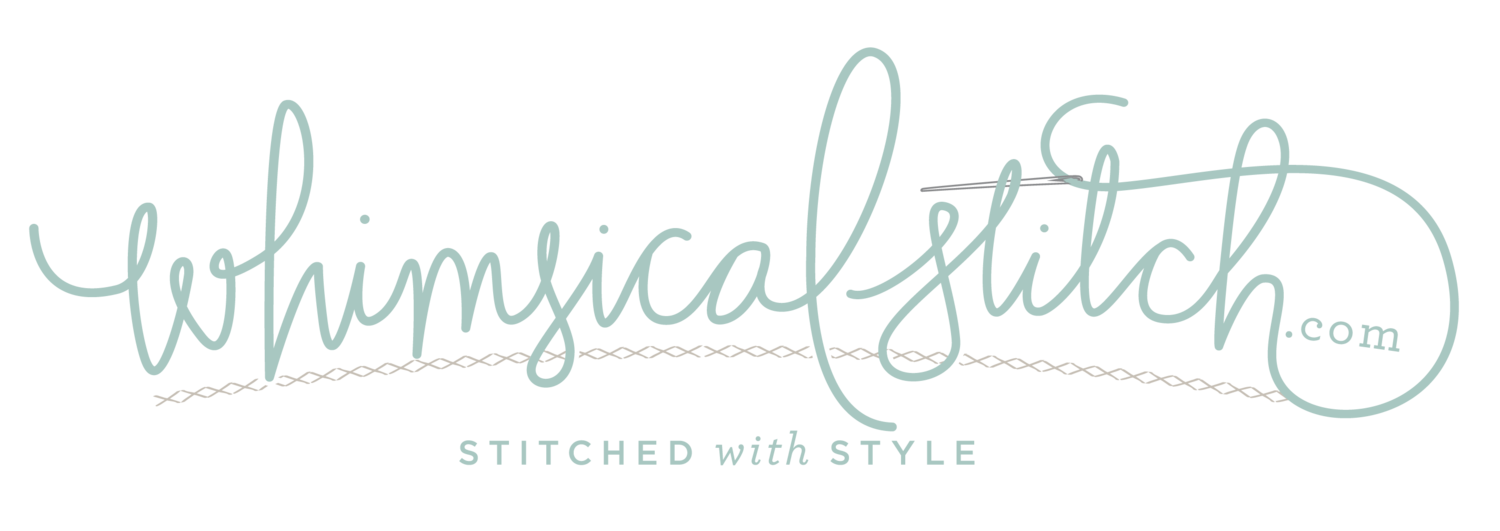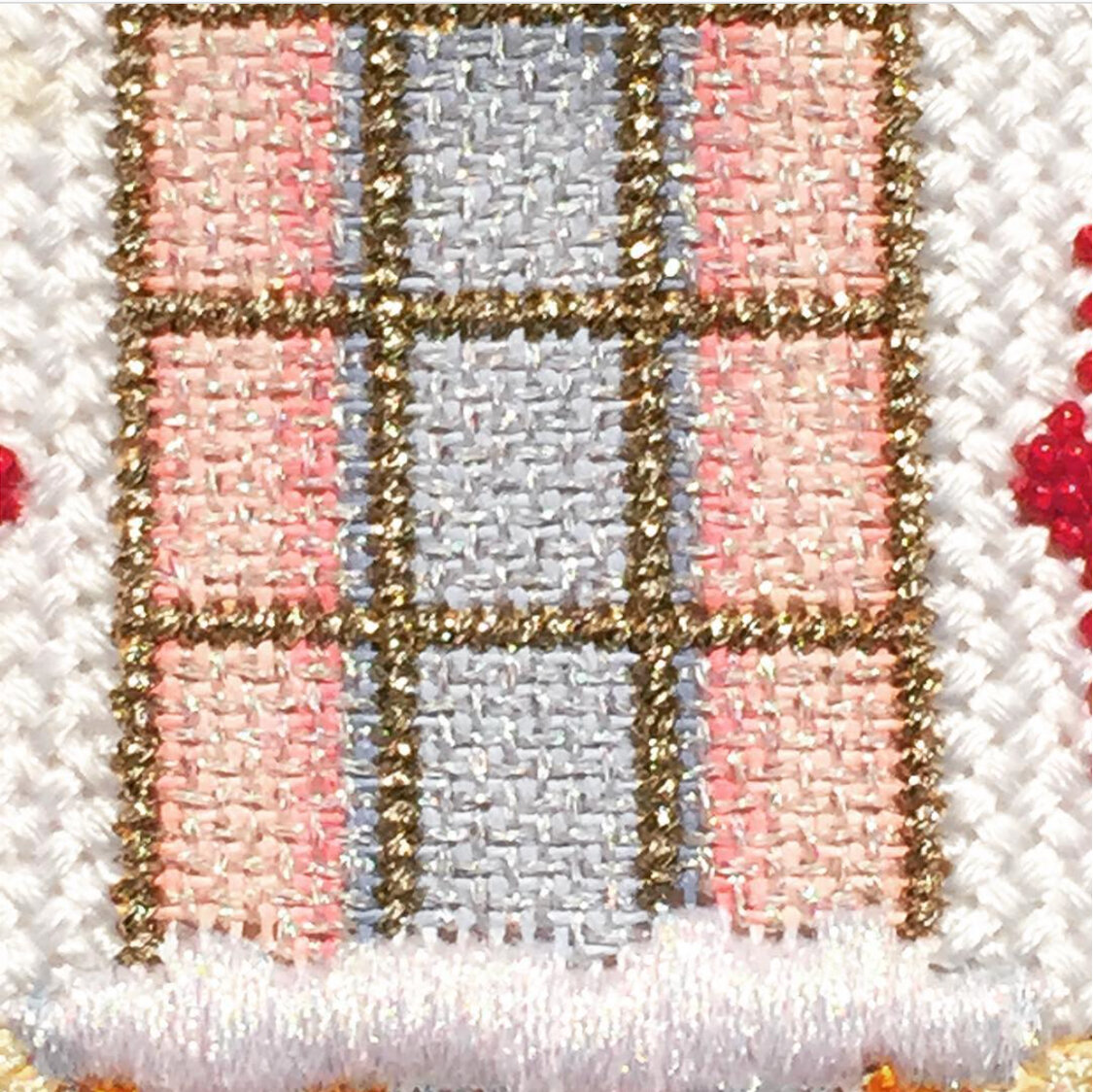May blog posts focus on sky stitches. There is not a single formula for sky stitches. Some are small and need to blend quietly into the background, while others are dramatic and require attention.
The stitch diagrams shared over the next few weeks are just a few ideas for your next skies. There are so many stitches that can be adapted for a sky...I hope these give you lots of inspiration to look at stitches in your collection differently.
The first sky post focuses on a more discreet sky stitch.
For a sky, this stitch works best with a single thread or two threads with similar color values. Using a single thread, especially a twisted silk (such as Elegance), provides good coverage on 18-mesh. On 13-mesh, the shading will show through in a subtle way.
For a two thread version, one of my favorite thread combinations is Elegance and Flair, regardless of whether I'm working with 13- or 18-mesh. The subtle matte of the Elegance is a nice partner with the subtle metallic of the Flair. A good alternative to Elegance is DMC or Anchor Pearl #8. Let the colors determine the right threads. I think it's best if you do the matte thread on the horizontal and the metallic thread on the vertical. I can't explain it. I've tried it both ways and find that combo to be the best.
The stitched sample on Instagram illustrates the scalability of this stitch (over five rows in groups of four stitches) and a slightly different pattern of matte and metallic.
Don't let this post limit your thinking on this stitch as singularly a sky stitch. It's a great stitch for many other areas, including ground cover, baskets, clothing, and even a large-ish window. The key to this stitch is it works best for an area you don't want to draw a lot of attention to, but you want to do something special. The second stitched sample on Instagram illustrates its use for a rug with Sea Grass thread.
This stitch diagrams, along with other #whimsicalwednesday and #smallspacesunday stitch diagrams, can also be found on www.pinterest.com/whimsicalstitch/whimsicalwednesday.
Be sure to follow whimsicalstitch.com on Facebook, Pinterest, Instagram, and Twitter.
If you like what you see on this blog, want to learn some very creative decorative stitches, and how to put them all together, whimsicalstitch.com sells stitch guides for seasonal Melissa Shirley designs. 21 guides are currently available and more are in the pipeline.
Enjoy!








